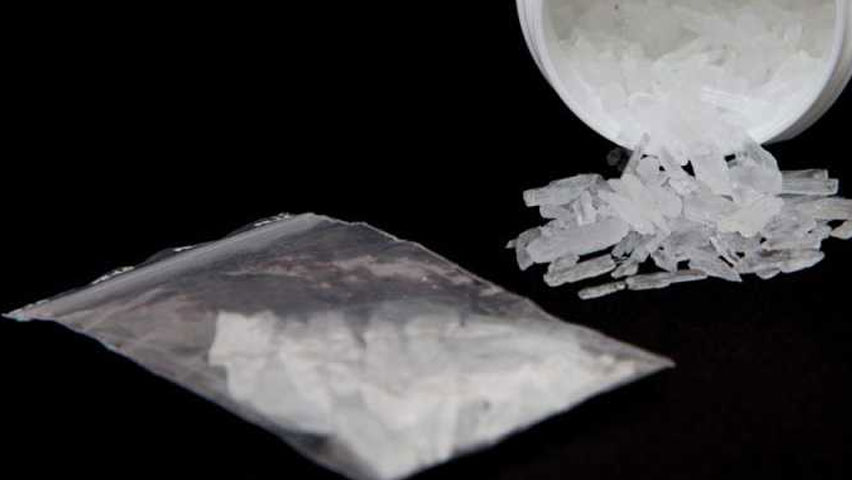
Methamphetamine is psychostimulant in the amphetamine class. It has medical uses in the treatment of attention deficit hyperactivity disorder (ADHD) and obesity. It has a high potential for abuse and medical use comes with tightly controlled regulatory restrictions. Abusers value it for the euphoric rush, sustained high and increased sense of energy it produces. Abusers can obtain the drug through legal medical channels, much of the abused form is manufactured in meth labs, using a variety of methods with a range of complexity. In recent years, restrictions have been place on the ability to purchase the chemicals and substances required to produce methamphetamine.
Abuse and Detection
Methamphetamine is an extremely addictive drug that can have devastating physical effects on the body. Commonly seen on the internet and in media are before and after pictures of meth users which show rotting teeth and flesh and apparent aging of decades in a matter of moths for heavy users. Meth is consumed in a variety of ways: Smoked, inhaled (vapor) or injected, it produces an intense, rapid rush which also disappears quickly. This has tremendous potential for increased tolerance and addiction. Orally, in pill form. Snorted, in a powdered form. Absorption, through skin or mucous membranes.
Common street names:
meth, crank, crystal, candy, blizzard, crunk, glass, method, rails, tweak
Symptoms of Abuse:
increased energy, high body temperature, thirst, sweating, impaired judgment
Testing Medium:
Urine, hair, and oral fluid
Medical Dangers (including withdrawal effects):
convulsions, disturbed sleep, depression, weight loss, hallucinations, brain damage, rotting teeth, premature aging, fatal kidney and lung disorders, liver damage, psychosis, stroke, death
Window of Detection
urine 3-5 days; blood 1-3 days; hair up to 90 days, depending on hair length; oral fluid 1-3 days

